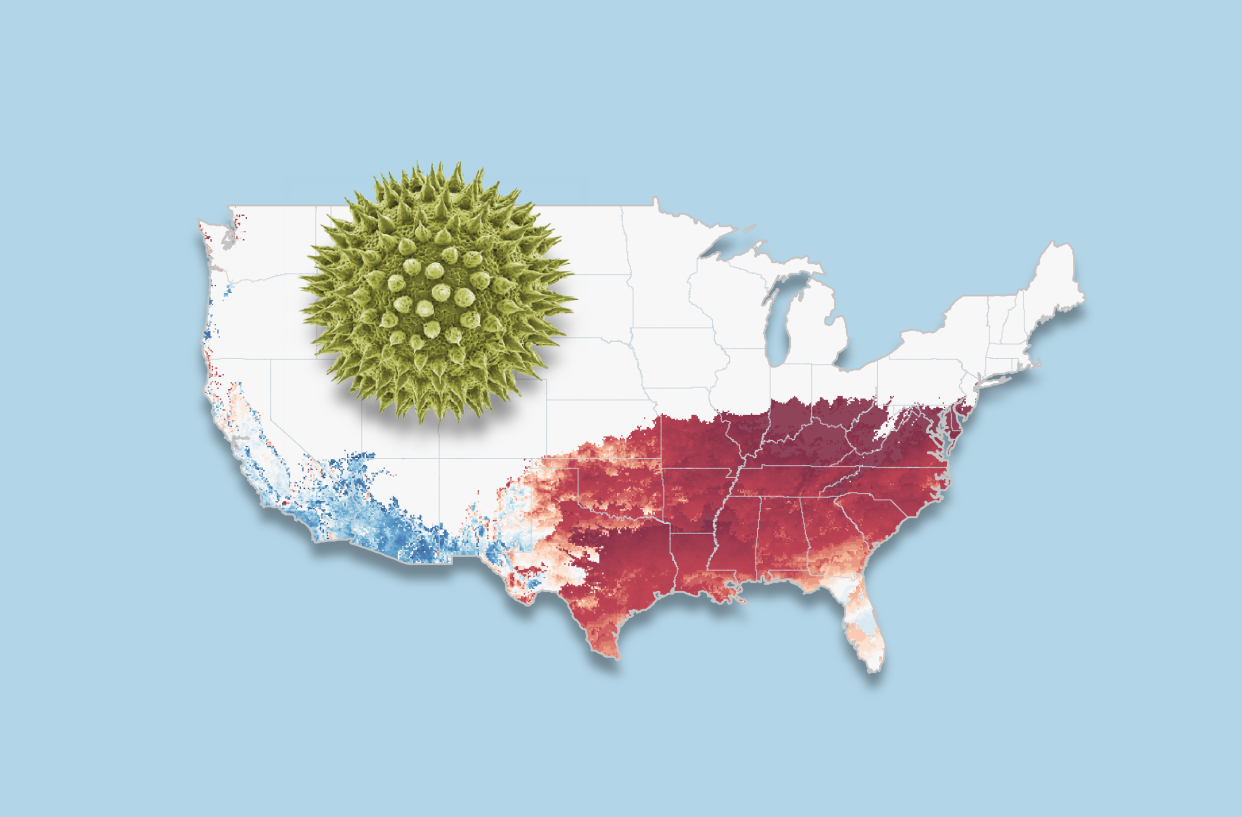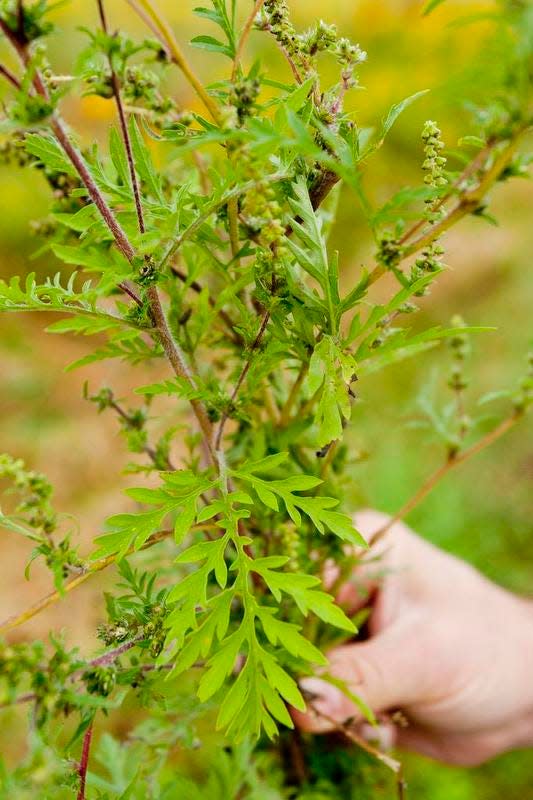Mild winter makes Rochester one of the worst cities for allergies in the U.S.

Early spring can be good for trees and blossoms but miserable for allergy sufferers. This year, Rochester ranks 20th among the top 20 allergy capitals in the nation and eighth in the nation for tree pollen, according to the Asthma and Allergy Foundation of America. The list is bases on total pollen scores of trees, grass and weeds, over-the-counter allergy medication use and the number of allergy specialists.
"We have some cold harsh winters, but pack a formidable amount of pollen into those warm seven months in between," said Dr. Albert Hartel of Allergy Asthma Immunology of Rochester, which offers numerous allergy and asthma treatments and serves as the lone pollen counting station for Rochester, Buffalo, Syracuse and the Finger Lakes region.
Tree pollen in the spring is a main culprit, said Dr. S. Shahzad Mustafa, head of allergy, immunology and rheumatology at Rochester Regional Health, who also said he was not surprised by the designation.
"Rochester often falls into the allergy capitals in the U.S. (lists). It’s been here before," Mustafa said.

Cross-reactivity between trees is similar, so the species of tree the pollen is from is not as important, in Mustafa's experience, in influencing what makes someone miserable. The immune system reacts pretty much the same way whether reacting to pollen from a birch or an elm tree.
Conditions for allergy sufferers are affected by the changing weather patterns, including the mild winter as it transitions to spring.
“With warmer temperatures, pollen season does tend to be longer," he said. "There is this trend toward a worsening pollen season.”
Rochester, however, is lucky to have a strong network of trained medical professionals who treat allergies who can help allergy sufferers figure out the best method for relief.
Why does pollen cause allergies?

Plants, trees and grass release pollen in the springtime to fertilize other plants of the same species. The powdery particles drift in the air and are easily inhaled.
How pollen affects your body
In some people, inhaling pollen causes their immune systems to overreact. The immune system sees the pollen as a danger and releases antibodies that attack the allergens. This leads to the release of histamines into the blood. Histamines trigger runny noses, itchy eyes and other allergy symptoms.
How to help stop allergy symptoms
Spotting seasonal triggers and taking steps to limit your exposure to pollen allergens can help reduce your symptoms. Here is what you can do to lessen your reaction:
Spring arrives early in US
Springtime arrived three weeks earlier than usual in several southeastern states this year. In the mid-Atlantic and northeast regions, it has arrived nearly four weeks ahead of schedule. Areas of Texas, Arkansas, Ohio, Kentucky, Maryland, New Jersey and New York have seen the earliest signs of spring in 40 years, according to the USA National Phenology Network at the University of Arizona. The network tracks the progression of spring by observing growth rates of leaf and flowers across the country.
In the coming months, many states in the Southeast and Great Plains will experience temperatures 4 degrees warmer than normal. The network's map below shows the springtime leaf activity earlier than average (in red tones) and later than average (blue tones) this year:
Where are pollen counts at their highest?
DIG DEEPER Climate change: Some spring flowers appear 'earlier than we've ever seen'
Includes reporting by Democrat and Chronicle staff writer Victoria Freile.
This article originally appeared on Rochester Democrat and Chronicle: Rochester NY one of the worst cities for allergies in the U.S.

